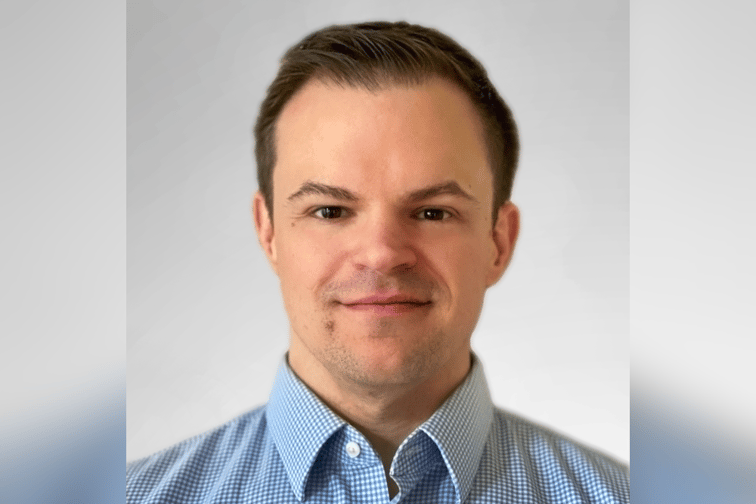

The growing frequency and intensity of wildfires are stoking an insurance crisis in Napa Valley, as skyrocketing rates force wineries to turn to risk mitigation and self-insurance.
Wildfires such as the so-called Glass Fire Incident in 2020, which destroyed more than 1,500 structures and razed more than 67,000 acres, have led to commercial property owners and homeowners facing non-renewals or tremendous rate increases.
This crisis served as the backdrop of a wildfire resiliency summit held in Napa Valley last month.
The two-day conference gathered representatives from top insurers and reinsurers, winery owners, wildfire experts, and businesses and other members of the Napa Valley community, to tackle wildfire threats and help restore insurability to the region.
“Wineries are the lifeblood of Napa Valley,” said Louis Reynaud (pictured), senior vice president and climate risk resiliency practice leader at Galway Strategic Solutions.
“It was important for us to focus on this area because it is significantly impacted by our industry's lack of understanding of wildfire risk. It has led to a lack of stability in insurance rates within the region, and a lot of that seems to be based on stigma.”
Galway Strategic Solutions is the consulting and advisory arm of Galway Holdings, a financial services and insurance distribution platform and the host of the wildfire resiliency summit. Other affiliate companies include EPIC Insurance Brokers & Consultants and Jencap Group.
Jencap Group was recognized as The Best Insurance Companies to Work for in the USA. See all the winners here.
California’s wine industry contributed roughly $170 billion to the US economy annually, according to the California Association of Winegrape Growers. The industry also employes around 422,000 people in California.
The state saw a relatively “quiet” year in terms of wildfires in 2022, with less than 400,000 acres burned (compared to the five-year average of more than 2.3 million acres burned). But stronger and more destructive climate change-driven wildfires over the last few years have placed the industry in peril.
“Wildfires have had a crippling effect on our local community and wine industry. Our livelihood depends on ensuring our land and resources are safe,” said Linda Reiff, president and CEO of non-profit trade association Napa Valley Vintners, a non-profit trade association.
Insurers have absorbed huge losses due to wildfires over the past decade. Some have pulled out of the state due to the elevated risks. Those that have remained have adjusted their rates to account for losses.
Napa is home to more than 100 wineries, a vast majority (95%) of which are family-owned, according to Galway Holdings. Many are unable to afford insurance coverage, said Reynaud.
“The ones that do have insurance aren’t adequately covered in terms of the full limits that they need. That's really frustrating for them given the amount of work they’ve done to bolster wildfire resiliency within the community,” he said.
“Despite [their risk mitigation measures], wineries continue to see their insurance be non-renewed or subject to egregious and disparate rate increases.”
According to Reynaud, there is still a significant gap in wildfire risk mitigation and prevention education among property owners in vulnerable areas.
Galway Holdings’ wildfire resilience summit aimed to take a collaborative, community-wide approach to strengthening resilience, which could then lead to insurance rates stabilizing.
The sessions included talks on measuring and modeling smoke to better determine smoke-related losses, research-backed wildfire risk mitigation strategies, and more.
The summit also served as platform for winery owners and operators to demonstrate the progress their community has collectively made to prevent and mitigate future fires.
“Napa is unique because of its sense of community, which is essential to wildfire resilience. You need your neighbors and peers to adhere to similar mitigation practices,” Reynaud told Insurance Business.
Reynaud hoped the summit created momentum to improve the insurance market for Napa’s wineries.
“I think a lot of people realized there is a path forward to insuring [wineries] in a reasonable and fair manner. We saw a desire to lean into this issue and help better ensure stability that region,” he said.
Do you have any thoughts about the insurability woes of Napa Valley’s wine industry? Leave them in the comments below.
